NASA Astronomy Picture of the Day 28 February 2023: Moon and the Temple of Poseidon
NASA’s Astronomy Picture of the Day is a snapshot of a thin crescent Moon behind the ancient Greek temple of Poseidon.
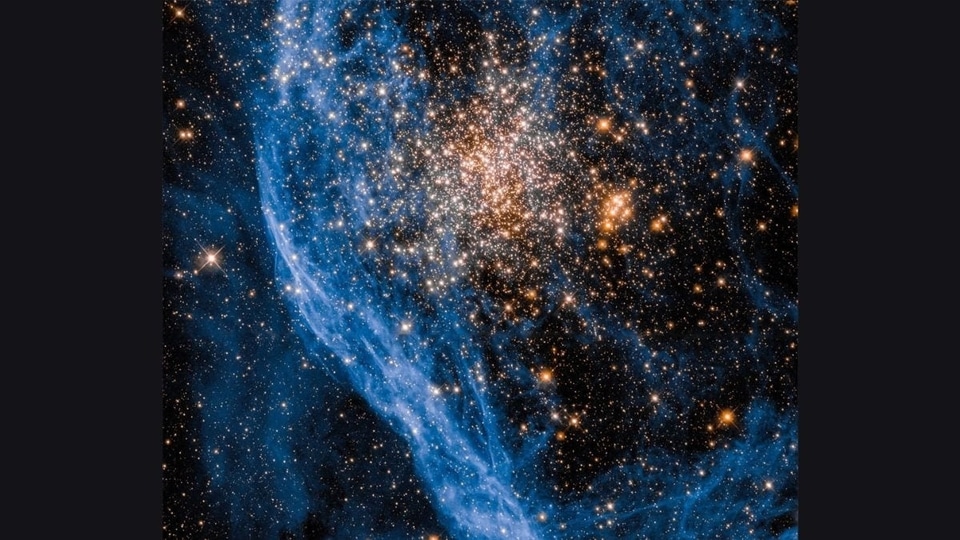
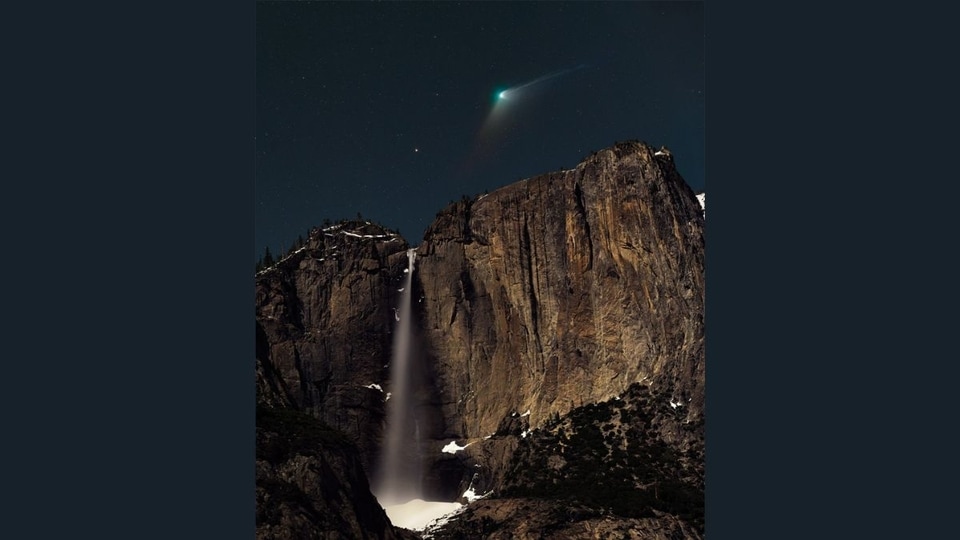
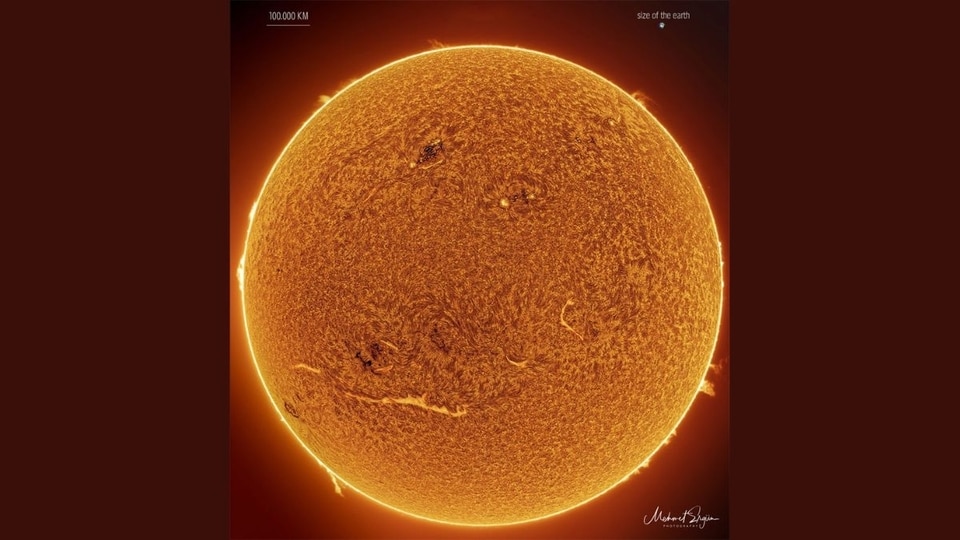
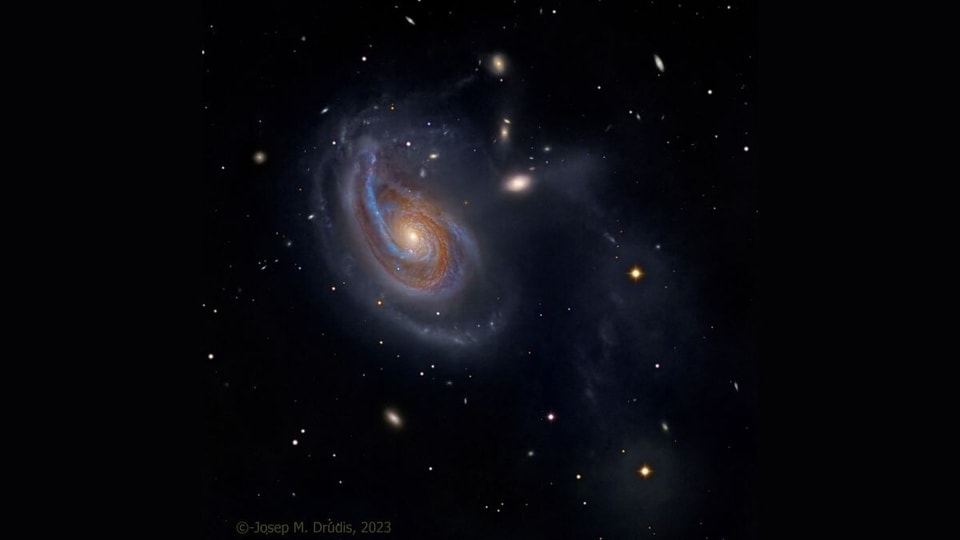
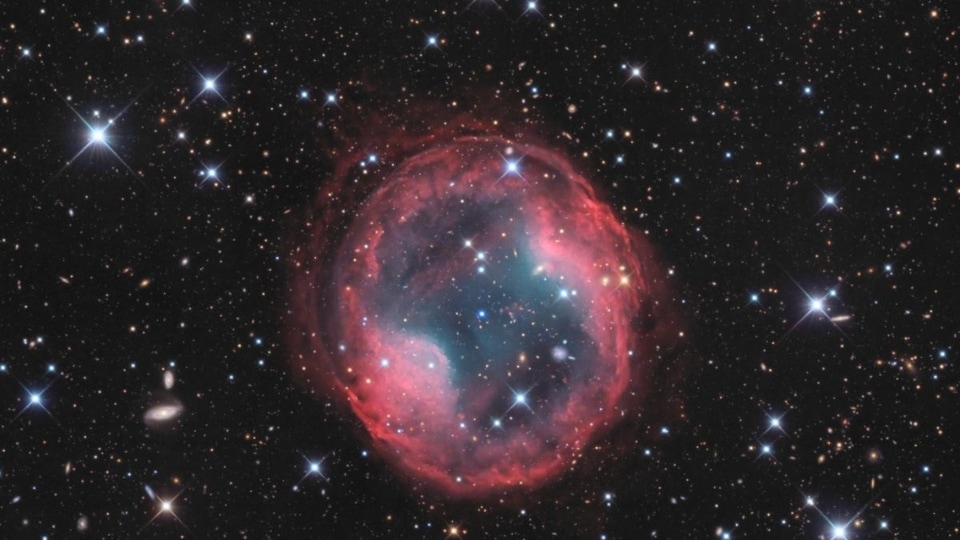
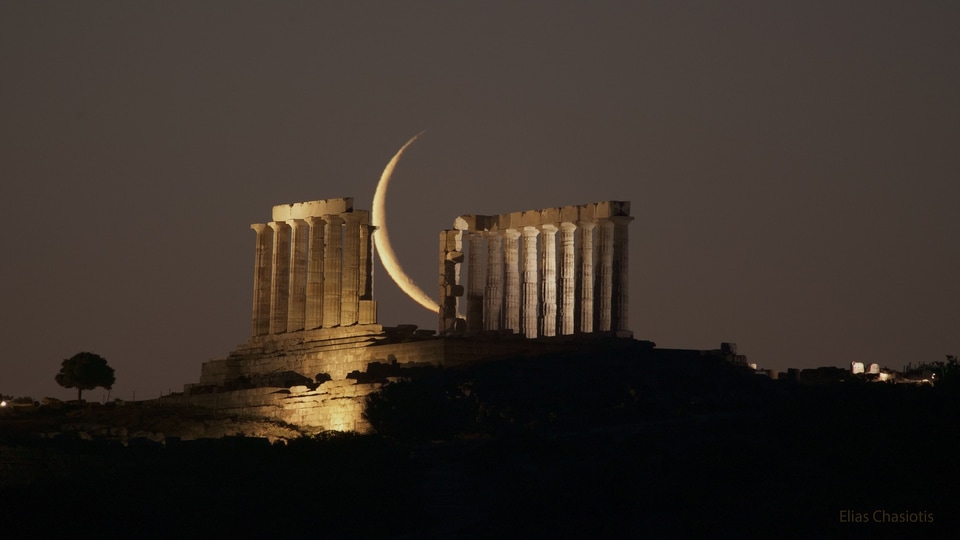
 View all Images
View all ImagesThe Moon has long been a central focus of Earth-related studies, playing a significant role in a range of phenomena, such as tides. Whether for religious, cultural, or purely scientific reasons, the full Moon holds great importance for many people. Scientists believe that the Moon formed approximately 4.5 billion years ago, shortly after the solar system took shape. NASA suggests that a massive object called Theia, about the size of Mars, collided with Earth at this time, resulting in the formation of the Moon. To date, the Moon remains the only place beyond Earth that humans have visited to date.
NASA's Astronomy Picture of the Day is a stunning snapshot of the thin crescent Moon with the ancient Greek Temple of Poseidon at the forefront in Greece. According to NASA, the moonlight we see on Earth is sunlight reflected off the Moon's grayish-white surface. The amount of Moon we see changes over the month, which is known as Lunar phases, and there are 8 in total - New Moon, waxing crescent, first quarter, waxing gibbous, full Moon, waning gibbous, third quarter and waning crescent Moon.
The picture was captured by astrophotographer Elias Chasiotis.
NASA's description of the picture
Why is a thin crescent moon never seen far from a horizon? Because the only geometry that gives a thin crescent lunar phase occurs when the Moon appears close to the Sun in the sky. The crescent is not caused by the shadow of the Earth, but by seeing only a small part of the Moon directly illuminated by the Sun. Moreover, the thickest part of the crescent always occurs in the direction of the Sun.
In the evening, a thin crescent Moon will set shortly after the Sun and not be seen for the rest of the night. Alternatively, in the morning, a crescent Moon will rise shortly before the Sun after not being seen for most of the night. Pictured two weeks ago, a crescent moon was captured near the horizon, just before sunrise, far behind remnants of the ancient Temple of Poseidon in Greece.
Catch all the Latest Tech News, Mobile News, Laptop News, Gaming news, Wearables News , How To News, also keep up with us on Whatsapp channel,Twitter, Facebook, Google News, and Instagram. For our latest videos, subscribe to our YouTube channel.































